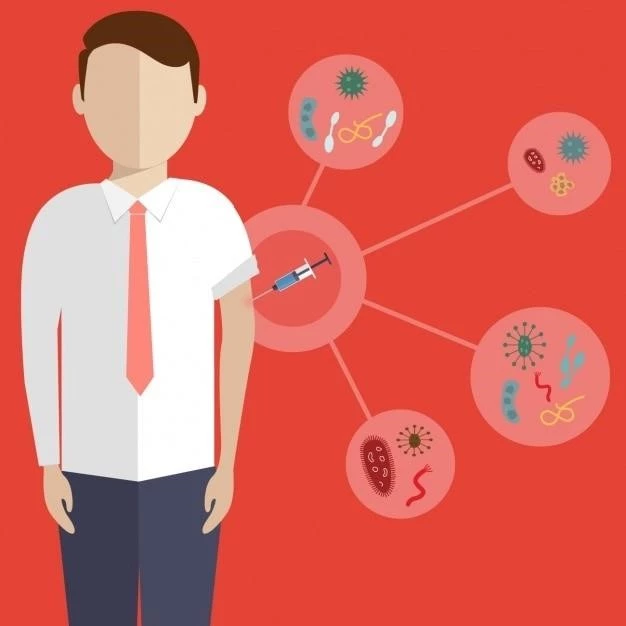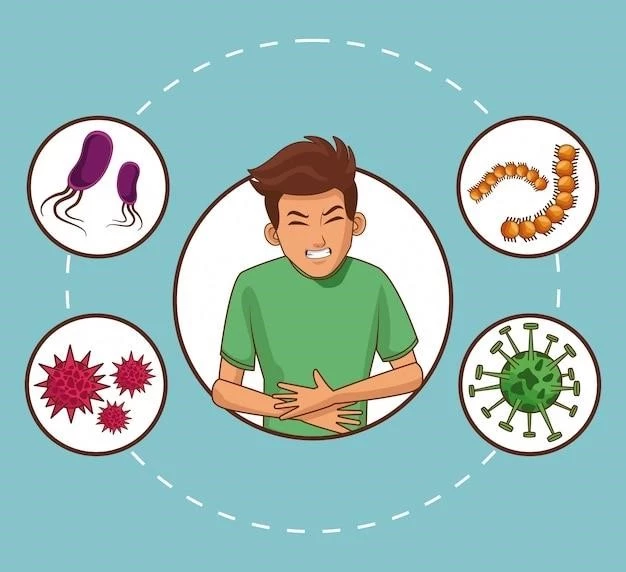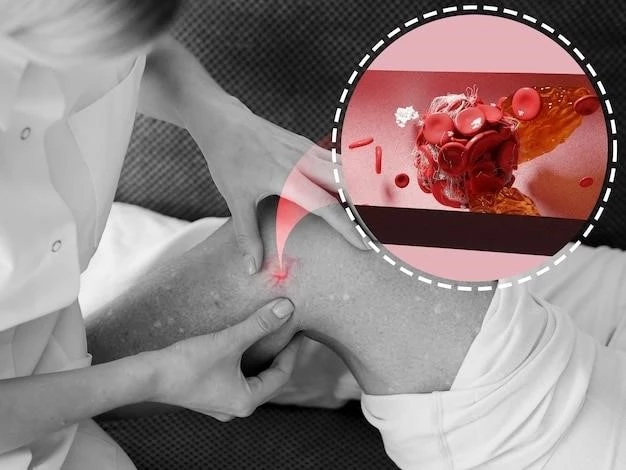Introduction to Sporotrichosis
Introduction⁚
Sporotrichosis is a subacute or chronic infection caused by the saprophytic dimorphic fungus Sporothrix schenckii. It is a cosmopolitan disease occurring preferably in tropical regions and is considered the most frequent subcutaneous mycosis in Latin America. Learn more about this disease!
Definition and Causative Agent
Definition⁚ Sporotrichosis, also known as Rose Gardener’s Disease, is a subacute or chronic infection caused by the saprophytic dimorphic fungus Sporothrix schenckii.
Causative Agent⁚ The disease is primarily caused by the fungus Sporothrix schenckii, although recent studies have identified additional Sporothrix species. This fungus is commonly found in soil, decaying wood, hay, and sphagnum moss, particularly in tropical and subtropical regions worldwide.
For more detailed information on the introduction to sporotrichosis, please reference credible sources such as medical websites, research papers, or healthcare professionals.

Epidemiology of Sporotrichosis
Explore the global distribution and prevalence of sporotrichosis, a common subcutaneous mycosis, endemic primarily in tropical and subtropical regions. Learn about the frequency of this disease and its impact worldwide!
Global Distribution and Prevalence
Sporotrichosis, caused by the fungus Sporothrix, is prevalent worldwide, particularly in tropical and subtropical regions. Recent studies have improved taxonomy, aiding in diagnosis and treatment advancements. Learn about the distribution and prevalence of sporotrichosis to better understand the impact of this fungal infection globally.
Clinical Presentation of Sporotrichosis
Get insights into the symptoms and progression of sporotrichosis, a fungal infection caused by Sporothrix species. Learn about the various clinical presentations and how the disease can progress over time. Stay informed about the manifestations of sporotrichosis!
Symptoms and Progression
Sporotrichosis, caused by Sporothrix species, presents with various symptoms depending on the mode of infection. The disease typically progresses from initial skin lesions to more severe systemic involvement over time. Familiarize yourself with the signs and progression of sporotrichosis to facilitate early diagnosis and appropriate management.
Diagnosis and Differential Diagnosis of Sporotrichosis
With various diagnostic methods available, identifying and distinguishing sporotrichosis from other conditions is crucial. Seek professional medical advice for accurate diagnosis and management based on the specific symptoms and test results.
Methods for Diagnosis and Identifying Sporotrichosis
Diagnosing sporotrichosis involves various methods such as culture, molecular biology, and clinical examination. Identifying the disease accurately is crucial for effective treatment. Consult healthcare professionals for proper diagnosis and management strategies tailored to your specific case.
Treatment of Sporotrichosis
Effective management of sporotrichosis involves various medications and therapeutic approaches tailored to the severity and location of the infection. Consult healthcare professionals for the most suitable treatment plan and follow-up care for your specific case.
Medications and Therapeutic Approaches
Management of sporotrichosis involves a range of medications and therapeutic approaches tailored to the severity and location of the infection. Treatment may include antifungal drugs like itraconazole or amphotericin B. Consult healthcare providers for personalized treatment plans and follow-up care to ensure effective resolution of sporotrichosis.
Prevention and Control of Sporotrichosis
Prevent sporotrichosis by avoiding contact with soil, plants, and organic matter where the causative fungus resides. Maintain good hygiene practices and consider protective measures while gardening or handling potentially contaminated materials. Consult healthcare professionals for guidance on preventing sporotrichosis infection.
Strategies for Avoiding Infection
To prevent sporotrichosis, individuals should implement strategies to minimize exposure to environments where the Sporothrix fungus thrives. This includes wearing protective clothing, gloves, and practicing good hygiene when handling potentially contaminated materials. Avoiding contact with soil, plants, and organic matter can significantly reduce the risk of infection. Consult healthcare providers for personalized advice on preventive measures tailored to your specific circumstances.
Complications and Prognosis of Sporotrichosis
While sporotrichosis typically manifests as skin lesions, complications can arise if left untreated. Seeking timely medical care is key to avoiding severe outcomes. Understand the potential complications and prognosis associated with sporotrichosis for better disease management.
Possible Severe Outcomes and Long-Term Effects
While sporotrichosis typically presents with skin lesions, untreated cases can lead to severe outcomes and long-term effects, particularly if the infection spreads systemically. Early diagnosis and appropriate treatment are essential to prevent complications and ensure a positive prognosis. Consult healthcare providers for timely management of sporotrichosis to mitigate potential long-term consequences.

Research and Advances in Sporotrichosis
Stay informed about the latest research and advances in the field of sporotrichosis, focusing on improved diagnostics, treatment options, and disease management strategies. Consult reputable sources and healthcare professionals for the most up-to-date information on this fungal infection.
Recent Discoveries and Future Directions
Ongoing research on sporotrichosis has led to significant advances, including improved diagnostics, novel treatment options, and a better understanding of disease mechanisms. Future directions in sporotrichosis research aim to enhance therapeutic outcomes, develop more targeted interventions, and explore potential preventive strategies. Stay informed about emerging discoveries in sporotrichosis to benefit from the latest advancements in managing this fungal infection.
